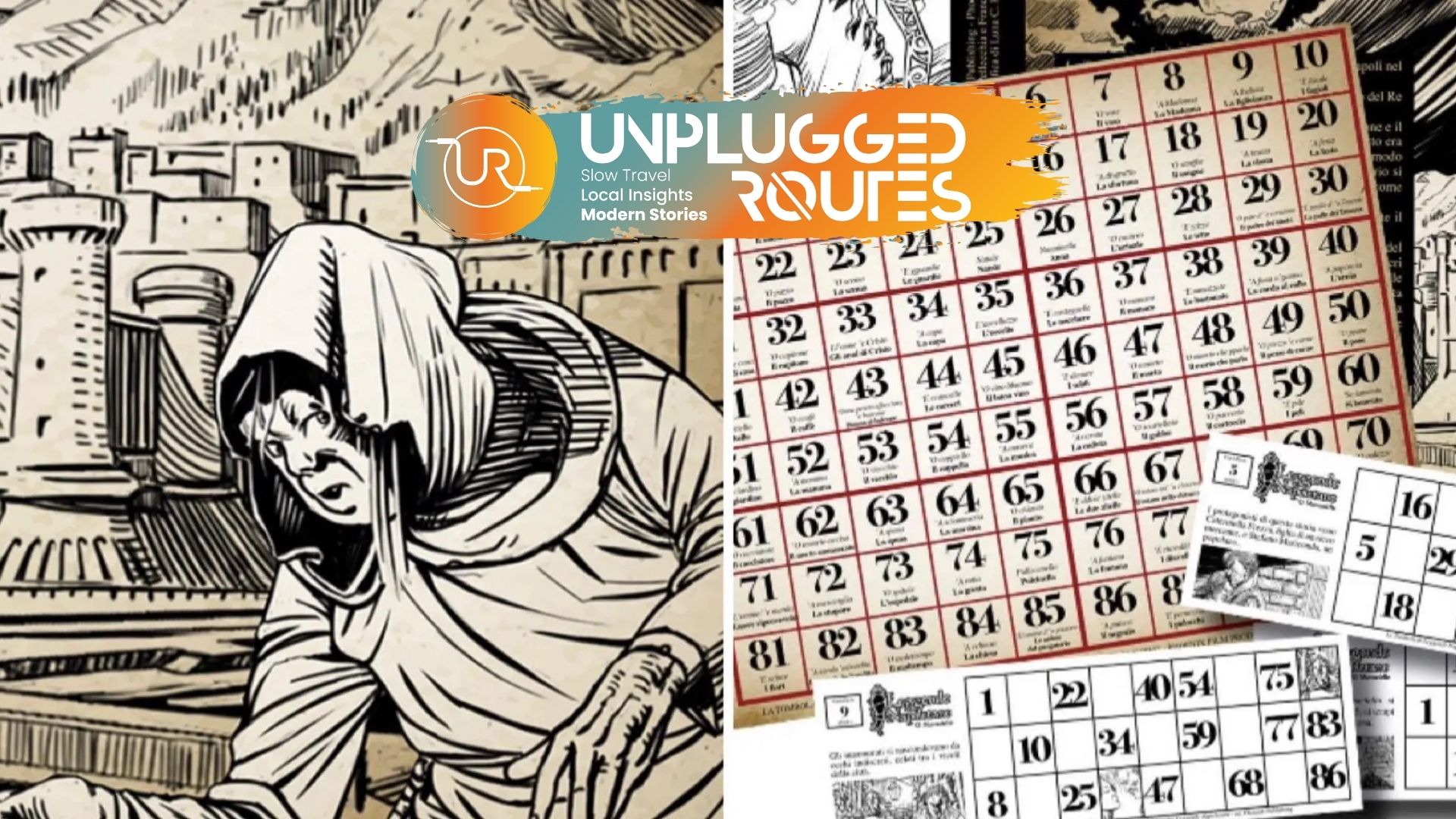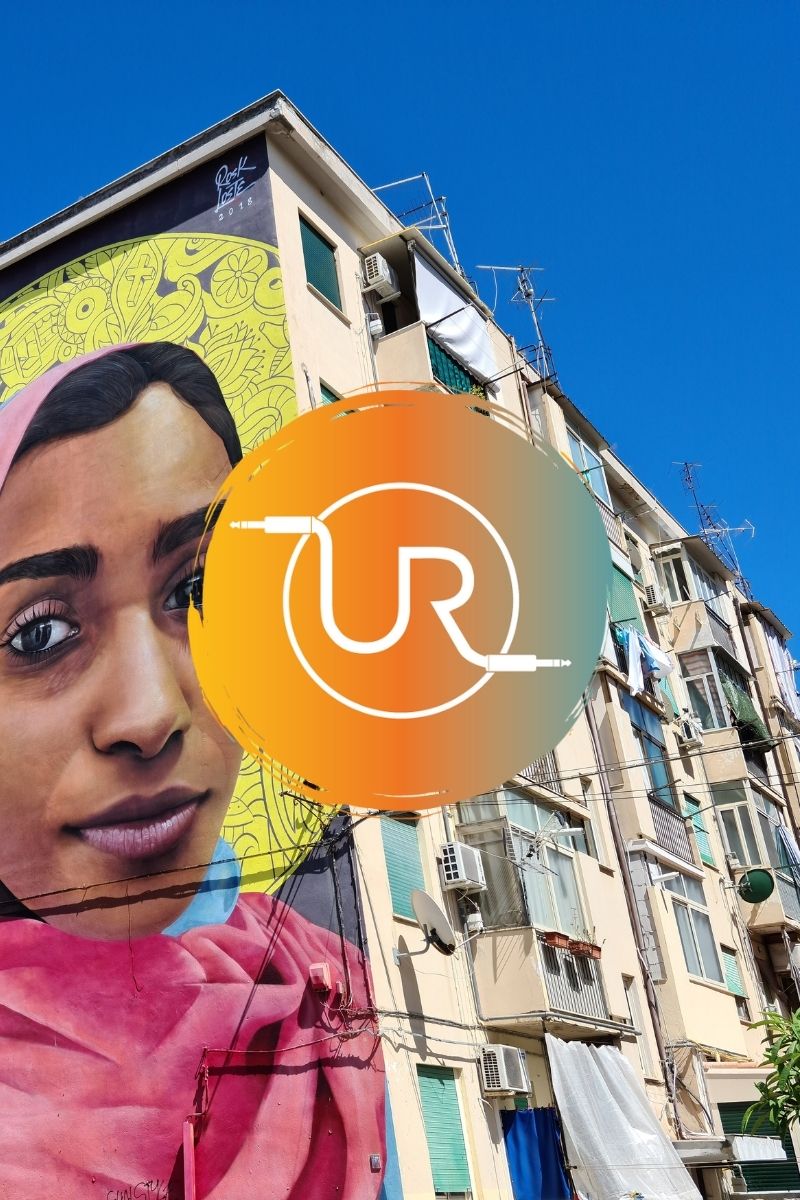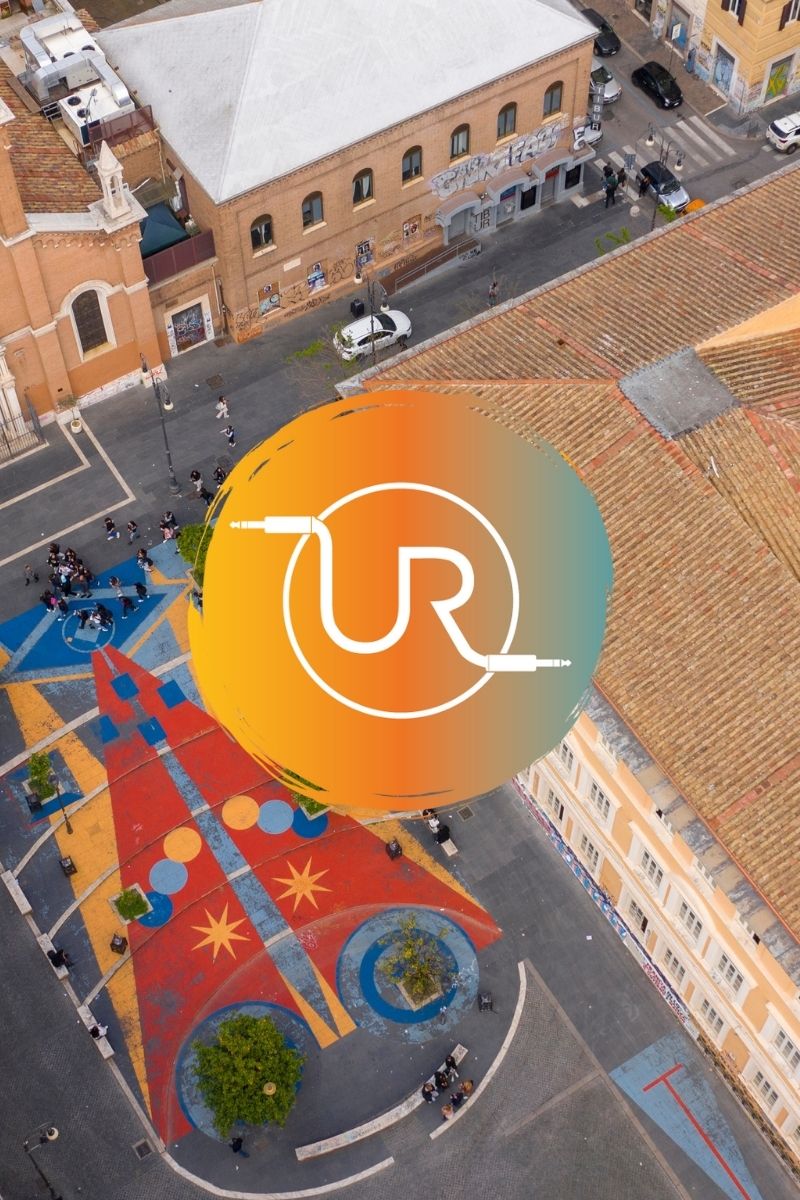
Naples is a city with a rich cultural heritage that sets it apart from other Italian cities with its unique traditions, symbols, and legends. These traditions reflect the spirit of Naples while also revealing the daily life, beliefs, and sense of humor of its people. Here are five iconic figures and traditions of Naples: Pulcinella, Munaciello, corno, tombola, and fortune telling.
Pulcinella: The Cheerful Mask of Naples
Born in the 17th century, Pulcinella is one of the most famous characters of the commedia dell’arte theater unique to Naples. This character has a cheerful and cunning nature; as a figure from the people, he uses his intelligence and quick wit to overcome difficult situations. Pulcinella represents the Neapolitan people’s humorous and sarcastic outlook on life. With his white costume, long, hooked nose, and ever-present smile, Pulcinella symbolizes the city’s complex and colorful identity. Both entertaining and thought-provoking, this character is often seen in Naples’ traditional festivals and carnivals.
Munaciello The Legendary Little Monk
Another notable character in Naples’ world of legends is Munaciello. Meaning “little monk,” Munaciello is known among the people as a mystical being. According to legend, Caterinella, a girl living in Naples in the 15th century, falls in love with Stefano, a handsome young man from a noble family. However, Stefano could not obtain Caterinella’s family’s approval because the social class difference between them was quite significant. Due to pressure from the girl’s family, Stefano could only meet Caterinella secretly at night, and in order to go to Caterinella’s side unnoticed during these secret meetings, he began to wear monk’s clothes. One day, however, Stefano mysteriously disappears, and the people of Naples believe he has either been murdered or thrown into the sea. After Stefano’s disappearance, Caterinella is forced by her family to marry another man. However, it is believed that Stefano’s spirit has returned, moving objects around the house and causing mischief at night. The people attribute the rearrangement of Caterinella’s belongings and the occurrence of unlucky events to the presence of Stefano’s spirit and believe that this spirit is Munaciello. However, Munaciello is also believed to bring good luck, and people who suddenly become rich or whose luck changes are asked if they have encountered Munaciello. This enigmatic, dual-natured figure is a testament to Naples’ fascination with ghosts and magic tales.
Corno Enemy of the Evil Eye Protective Talisman
Another symbol you’ll often see on the streets of Naples is the “corno,” a red, horn-shaped charm. This talisman is seen as a protective amulet against bad energy and the evil eye. The red color of the corno is associated with strength and vitality. Many Neapolitans keep these small charms in their homes or workplaces or wear them around their necks. It is especially common to give them as gifts to children and newlyweds at wedding ceremonies. The corno holds an important place in Naples’ world of superstitions and symbolizes the people’s desire for protection from evil and peace of mind..
Tombola A Neapolitan Game of Chance
“Tombola” is a traditional game of chance played in Naples at New Year’s. The origins of Italian tombola date back to Naples’ historical past and extend as far back as the 18th century. Similar to the bingo we all know in terms of its rules, tombola in Naples gains its distinctiveness through the meanings assigned to the numbers. For example, 13 (Meeting Azrael) is associated with death, while 17 (Misfortune) is associated with bad luck and disaster. Of course, there are also numbers with positive meanings in tombola. 1 (Italy) is a symbol of unity and origin and carries a positive meaning of a new beginning; 7 (Mount Vesuvius) is seen as a symbol of luck and protection due to the power of the volcano and its identity with the city; 3 (Woman) is associated with fertility and life energy and represents continuity and positive energy. Joking about the meaning of each number drawn during the game creates joy among the players. Tombola reflects the humorous and social structure of Neapolitan culture and has become a tradition where families come together and have fun.
Fortune-telling, an ancient tradition in Naples
Naples is known not only for its historical and cultural heritage, but also for its fortune-telling tradition, which reflects its people’s curiosity about the future and their belief in fate. On the streets of the city or in the markets, fortune tellers try to read the people’s fate with palmistry, tarot cards or coffee fortune telling. Fortune-telling in Naples is not only a pastime, but also a guiding tradition. Especially the older generations consult fortune tellers before making important decisions. This tradition reflects the Neapolitans’ curiosity, hope and faith in life. Fortune tellers listen to the stories of the past and predict the future, often guiding Neapolitans with hope. In Naples, the concepts of fate and luck are accepted as part of everyday life and form an important part of their outlook on life.
Humor and Mysticism in the Traditions of Naples
From Pulcinella’s lively demeanor to Munaciello’s mysterious tales, from the protective energy of the corno to the fun structure of the tombola and the miracles of fortune tellers, Naples’ traditions reveal both the people’s joyful approach to life and their tendency toward superstition. These traditions keep alive Naples’ unique sense of humor, social relationships, and deep cultural roots, offering a unique cultural experience for everyone who visits the city. Those who explore Naples with Unplugged Routes will have the opportunity to connect with the heart of the city through these symbols, experience the warmth of daily life among its people, and enjoy an unforgettable journey immersed in Naples’ mystical atmosphere.







Leave a comment: